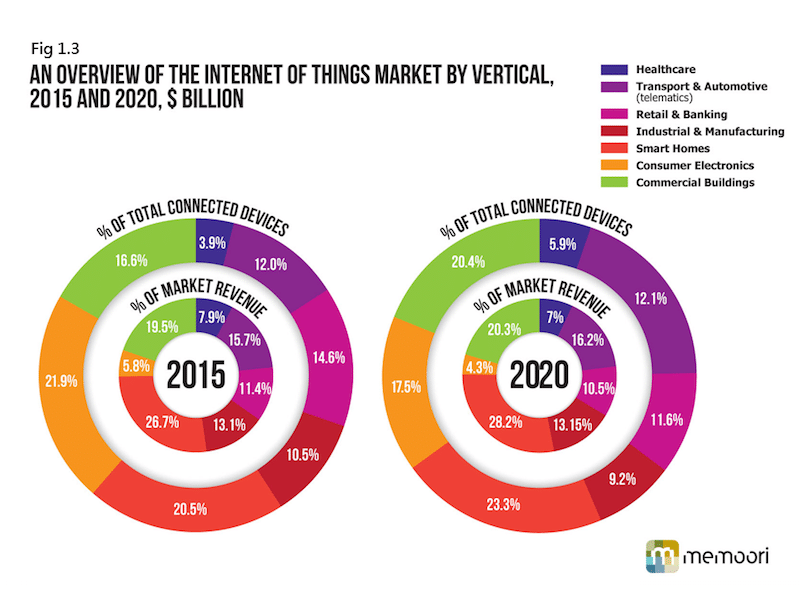Big data and its analysis in commercial buildings refers to a multitude of different types of data including traditional enterprise and business system data including customer information from CRM systems, transactional data from ERP systems, financial information such as budgets and lease management data. Information and telecommunications data from networked IT functions including voice and video (increasingly from mobile devices) contributes further streams of valuable data.
Our new report - Big Data in Smart Buildings; Market Prospects 2015 to 2020 - looks at how some 10 different Building Automation Services (BAS) are now producing vast amounts of data to control and monitor the building services performance.

Data from building systems can now be aggregated and analyzed alongside data that originates outside a facility, such as utility bills, and information that affects a facility’s operations, such as weather forecasts or energy prices.
This rich cache of data offers users a bigger picture of their building operations and efficiency and can be supplemented with external data including social media (customer feedback streams), past, present, and future weather data, traffic data and Smart Grid data on distributed generation and peak loads.
Much of this data is already collected and analysed in separate software packages and delivered to the building operator on a daily, weekly or monthly basis to take appropriate action.
Although useful, the true value cannot be realised because unless its directly connected to most of the information sources mentioned above it cannot be fine tuned and immediately and automatically acted upon.
This is why Big Data is the most critical element in delivering a fully automated control and management system to commercial & industrial smart buildings. It is the software that makes it possible to fine tune and automate without the intervention of humans. It will be the fastest growing element within the Building Internet of Things and will be the prime driver to ensure that building owners buying propositions can be satisfied.
[contact-form-7 id="3204" title="memoori-newsletter"]
But this can’t be done until the IoT, (the interconnection of uniquely identifiable embedded computing devices) is built within the buildings Internet infrastructure. Typically, IoT is expected to offer advanced connectivity of devices, systems, and services that goes beyond M2M and covers a variety of protocols, domains, and applications.
Memoori’s analysis indicates that the largest vertical markets for the IoT in terms of revenue in 2020 will be Smart Homes (28.2%) and Commercial Buildings (20.3%), but many of the challenges and opportunities facing this exciting market are common to all these businesses.

Market Structure
In order to properly segment and analyze the market for big data in smart buildings, we must first understand the BIOT and the Big Data supply chain. At Memoori we have divided this supply chain into 4 separate contracts.
BAS Services installed but not connected is currently the largest segment of BIoT in 2014 at 55%, Network Communications at 17%, is followed by Big Data and Cloud Services at 15% and is the fastest growing one to 2020 and Enablement Hardware had a 13% share.
Memoori’s report estimates that the market for Big Data and Cloud Based Software and Services in Smart Buildings will grow from $5.2 Billion in 2014, at a rate of 33.2% CAGR to nearly $30 Billion by 2020.
Cloud-based technologies facilitate data sharing, centralized monitoring and control of the smart building assembling data from one or multiple buildings and presenting normalized, unified information that’s been customized to user needs. This will enable suppliers to bring down costs to levels that building owners can afford and deliver a satisfactory return.
Building energy data and related analytics are likely the first elements of building information to be put in the cloud, followed by more cloud services such as fault detection and mobile device interaction. This pattern is being followed in most buildings today as the lowest-cost, highest-ROI plan.
For more information about the market for Big Data Software in Smart Buildings, Click Here - http://memoori.com/portfolio/big-data-smart-buildings-2015-2020/



